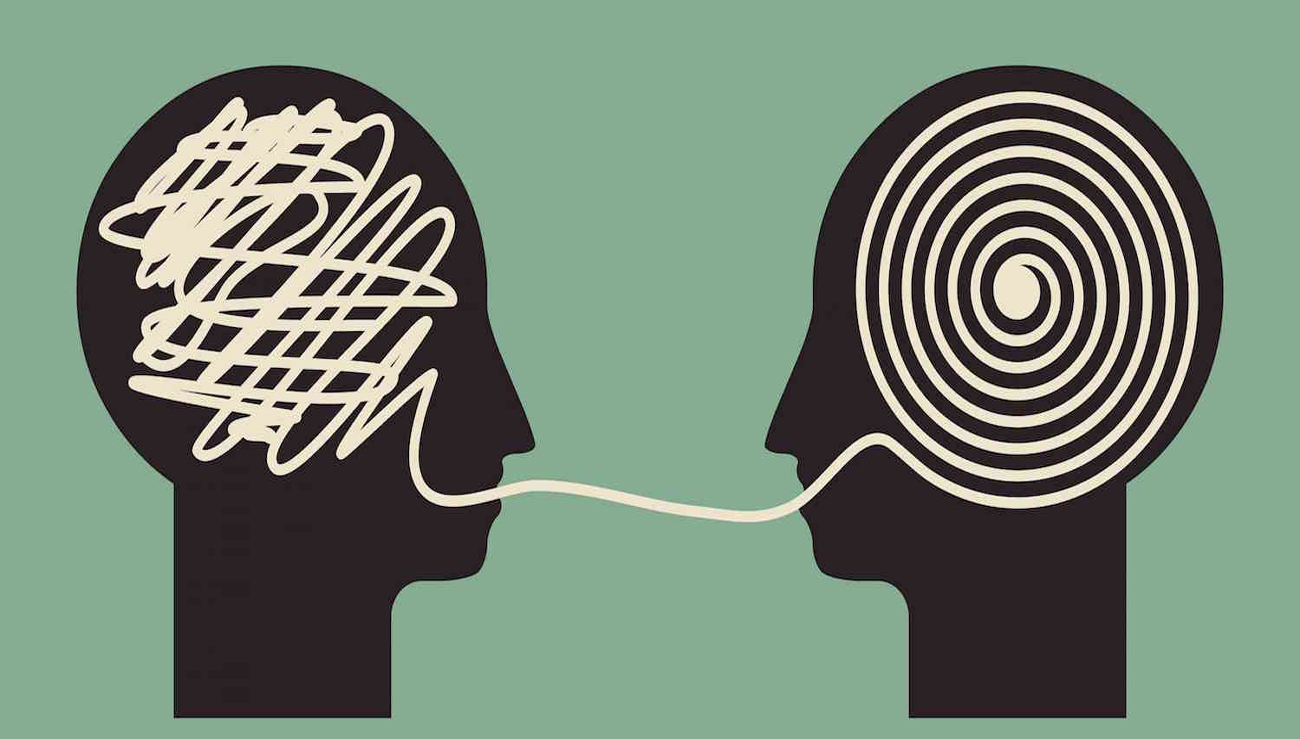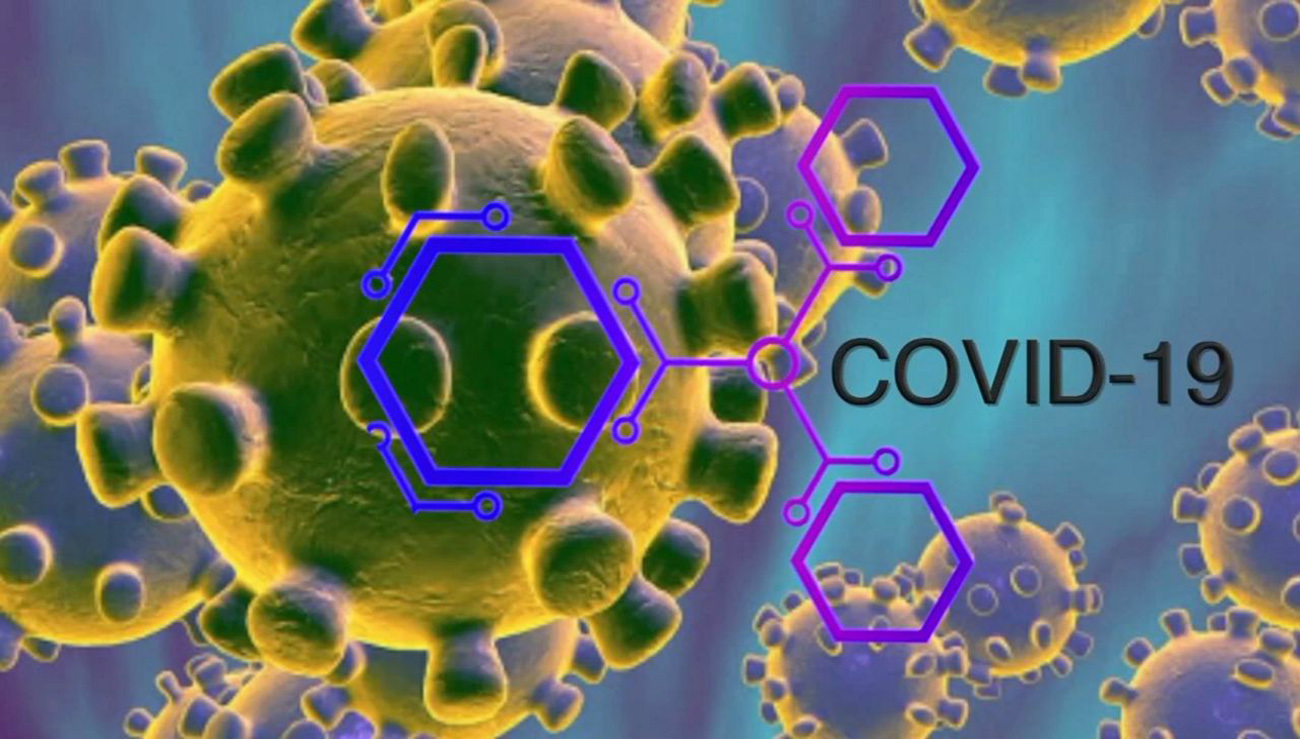
Innovative Approaches and Strategies for Teaching: Dealing with Constraints for better Learning
Abstract:
A considerable amount of research done on teaching and learning is as a guide to effective teaching and better learning. There is an extensive body of research and evidence available on how ways of teaching methods and the design of curriculum affects learning. But they will be helpful only if the teacher educators apply these theories in classroom effectively, in order to observe and reflect better results enhancing reflective, autonomous and in depth learning so that the classroom gets converted into a laboratory where the teacher will relate the theory to practice leading to effective learning. The present paper throws light on some innovative approaches towards teaching providing a base for better foundation of learning and lays emphasis on how teaching in an effective manner can be encouraged and led, despite existing formidable barriers to upcoming change, as barriers are a part of any process and crossing these barriers with proper insight and skill will give direction to a way leading to better learning and a destination to a lightened future.
Author(s):
Richa Aggarwal, Research Scholar (JRF), Department of Education, Panjab University, chandigarh 160014, India
DOI:
Keywords:
References:
Biggs, J. (1999). Teaching for quality learning at university: What the student does. Buckingham, UK: Society for Research into Higher Education and Open University Press. Journal for Higher Education Research and Development, Vol 18, Issue 1. http://dx.doi.org/10.1080/0729436990180105
Gibbs, G. (1988) Learning by Doing: A guide to teaching and learning methods. further education Unit, Oxford Brookes University, Oxford.
Kember, D. (1997). A reconceptualisation of the research into university academics’ conceptions of teaching. Learning and Instruction, 7, 255-275. http://dx.doi.org/10.1016/S0959-4752(96)00028-X
Kember, D., & Gow, L. (1994). Orientations to teaching and their effect on the quality of student learning. Journal of Higher Education, 65, 58-74. http://dx.doi.org/10.2307/2943877
Markham, T. (2013). 10 ways to teach Innovation. http://www.blogs.kqed.org/mindshift/2013/04/10-ways-to-teach-innovation/.accessed 21 May 2014.
Nair, Prakash.(2003).30 Strategies for Education Innovation. www.fieldingnair.com/Publications/EdInnovationsNair5.pdf. accessed 23 July 2014.
Perez, Y., Ubeda, R., Tarrazo, M.(2011).Innovative Strategies for Teaching in Higher Education. EDUlEaRN11 Proceedings. http://www.library.iated.org/view/PEREZ2011INN.accessed 25 May 2014.
Prosser, M., & Trigwell, K. (1999). Understanding learning and teaching: The experience in higher education. Buckingham, UK: Society for Research into Higher Education and Open University Press
Schön, D.A. (Ed.). (1993). The reflective turn: Case studies in and on educational practice. New York: Teachers college Press.
Weimer, M.(2002). Learner-Centered teaching: Five key changes to practice. San Francisco: Jossey-Bass,258 pp. http://dx.doi.org/10.1177/0741713604263058




